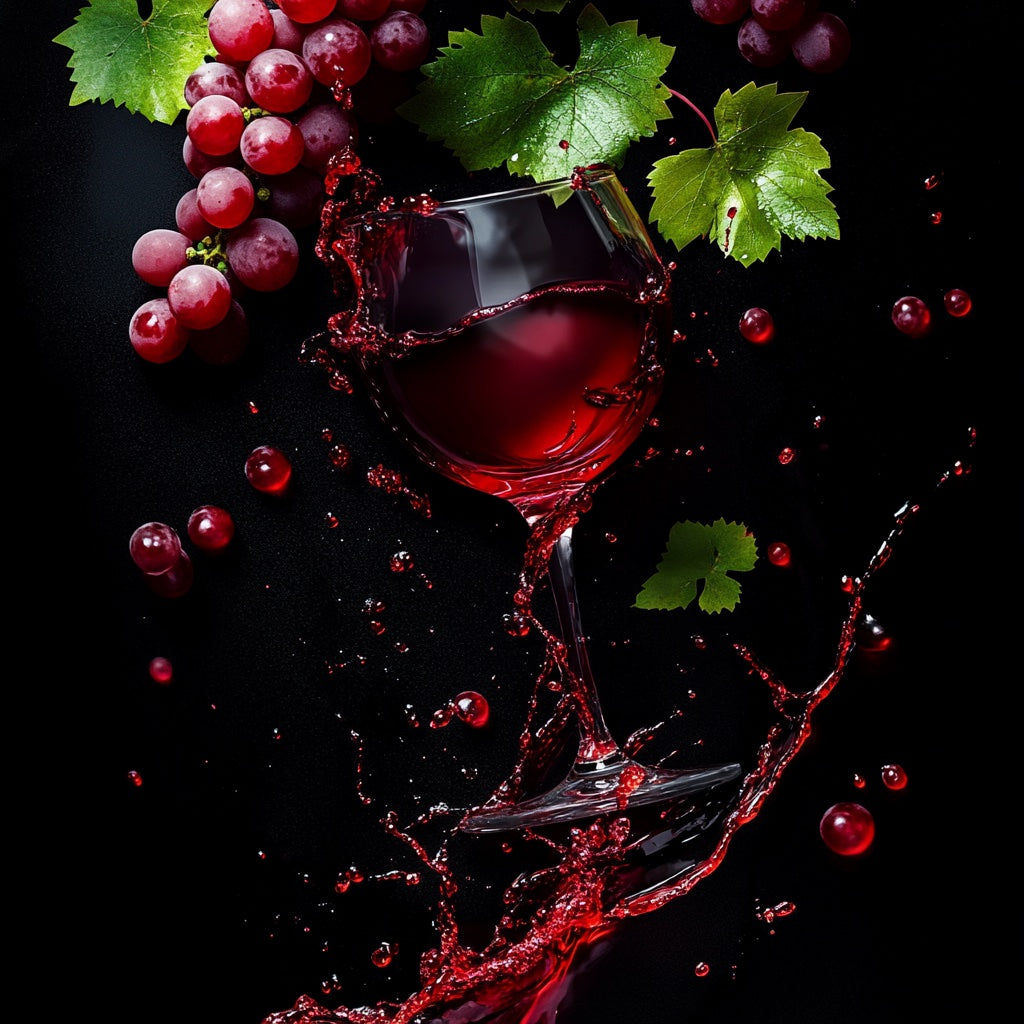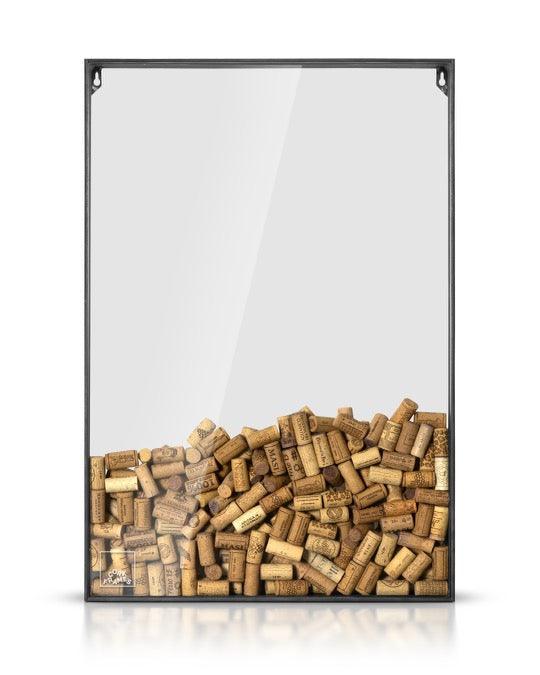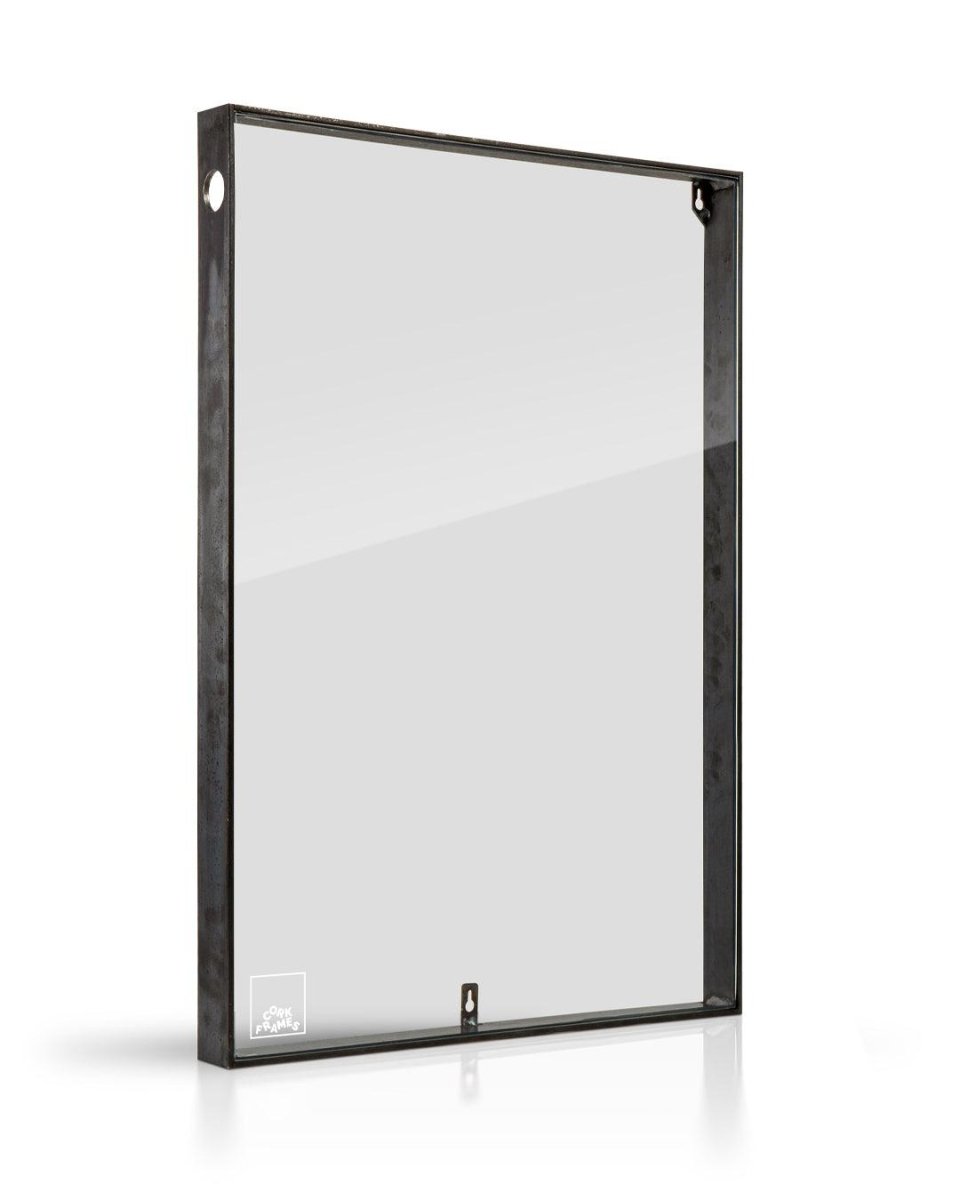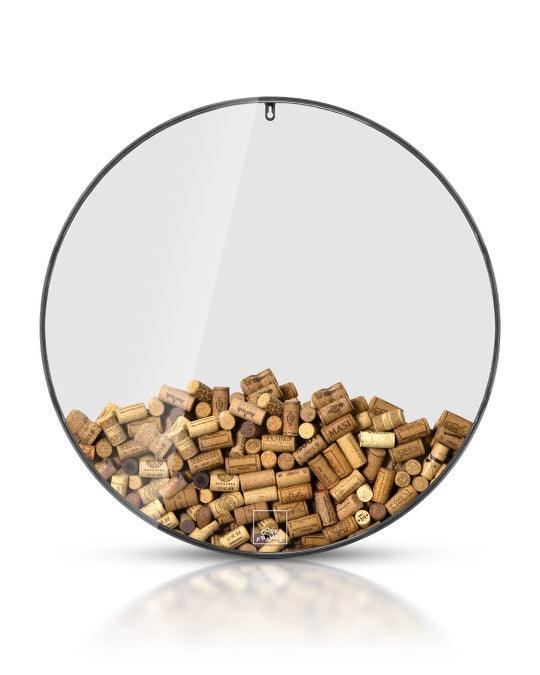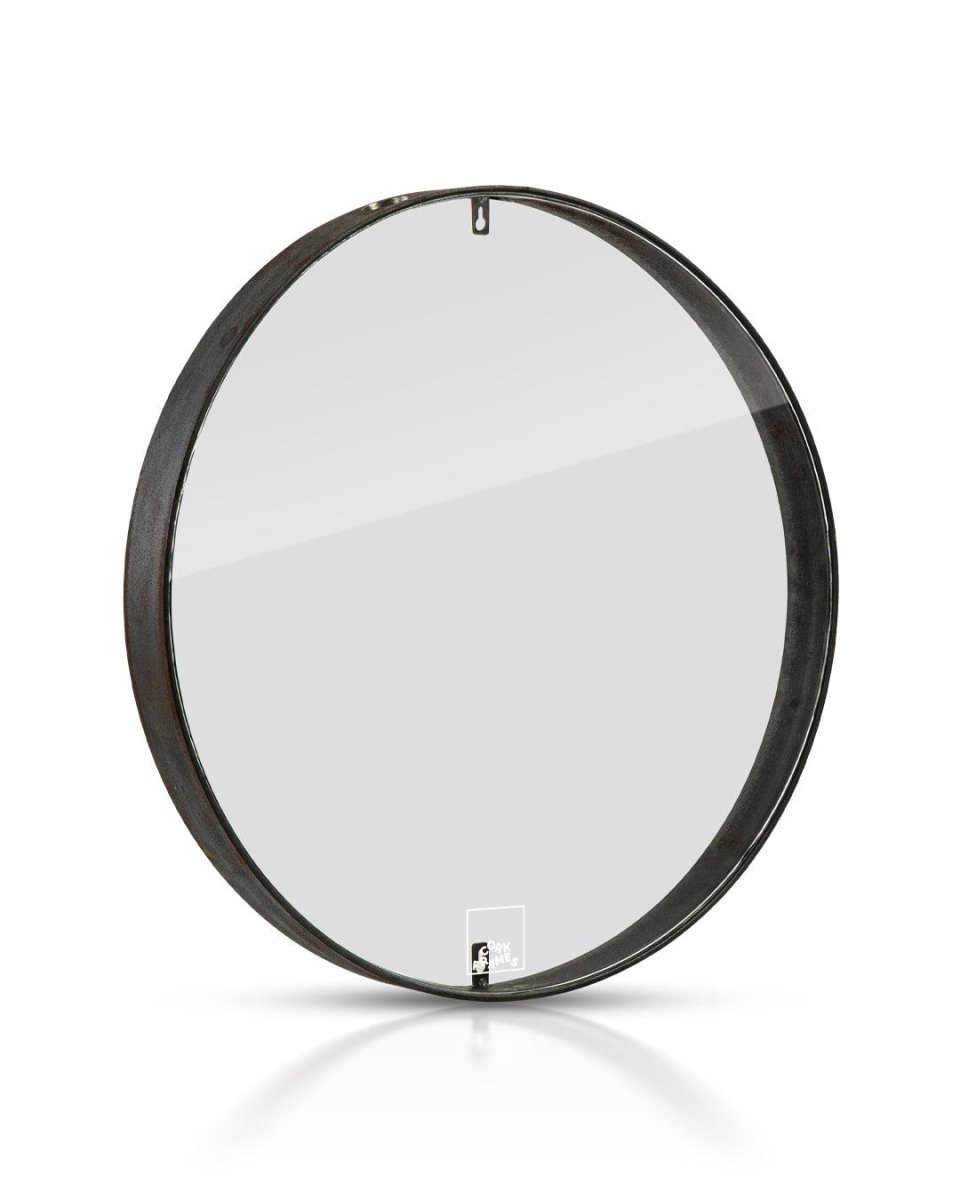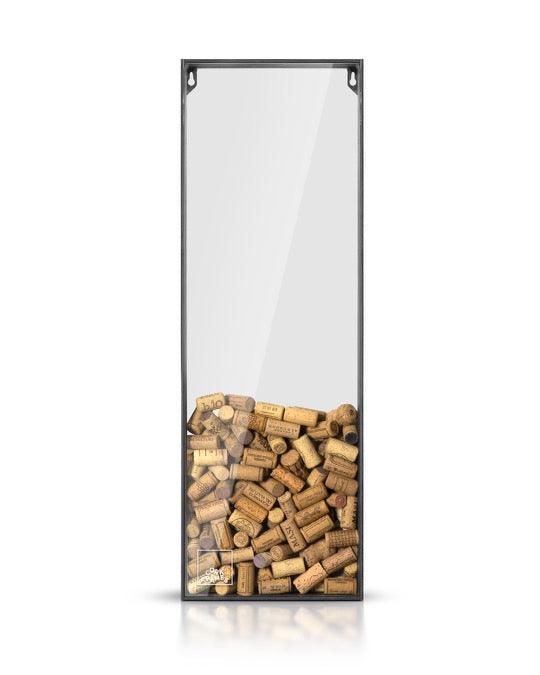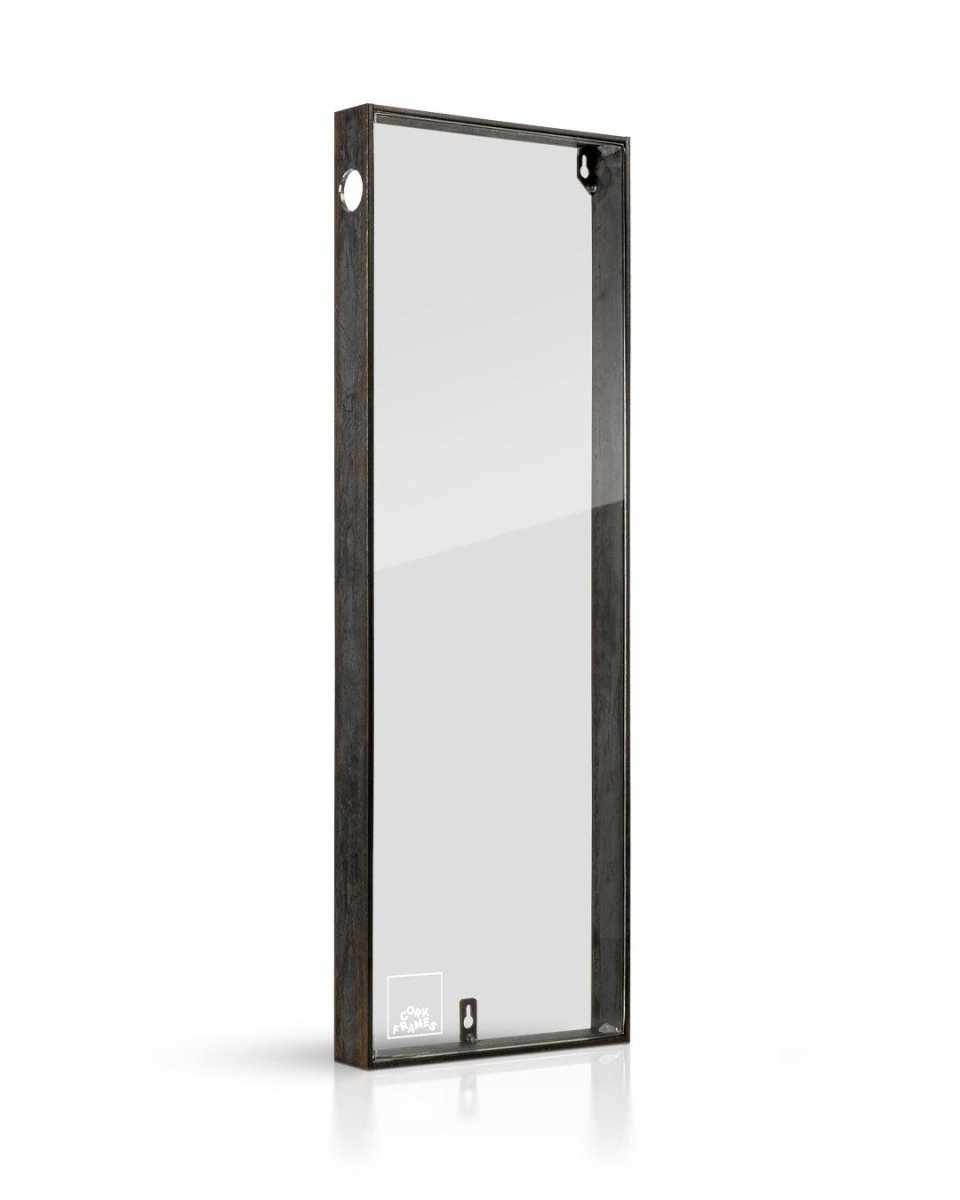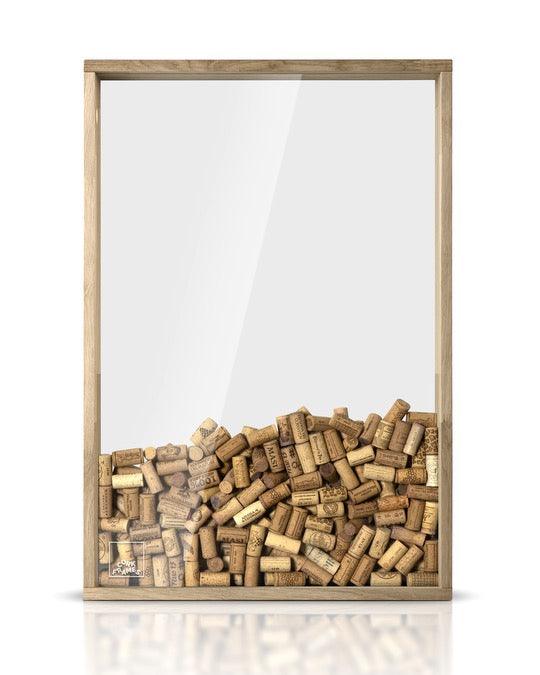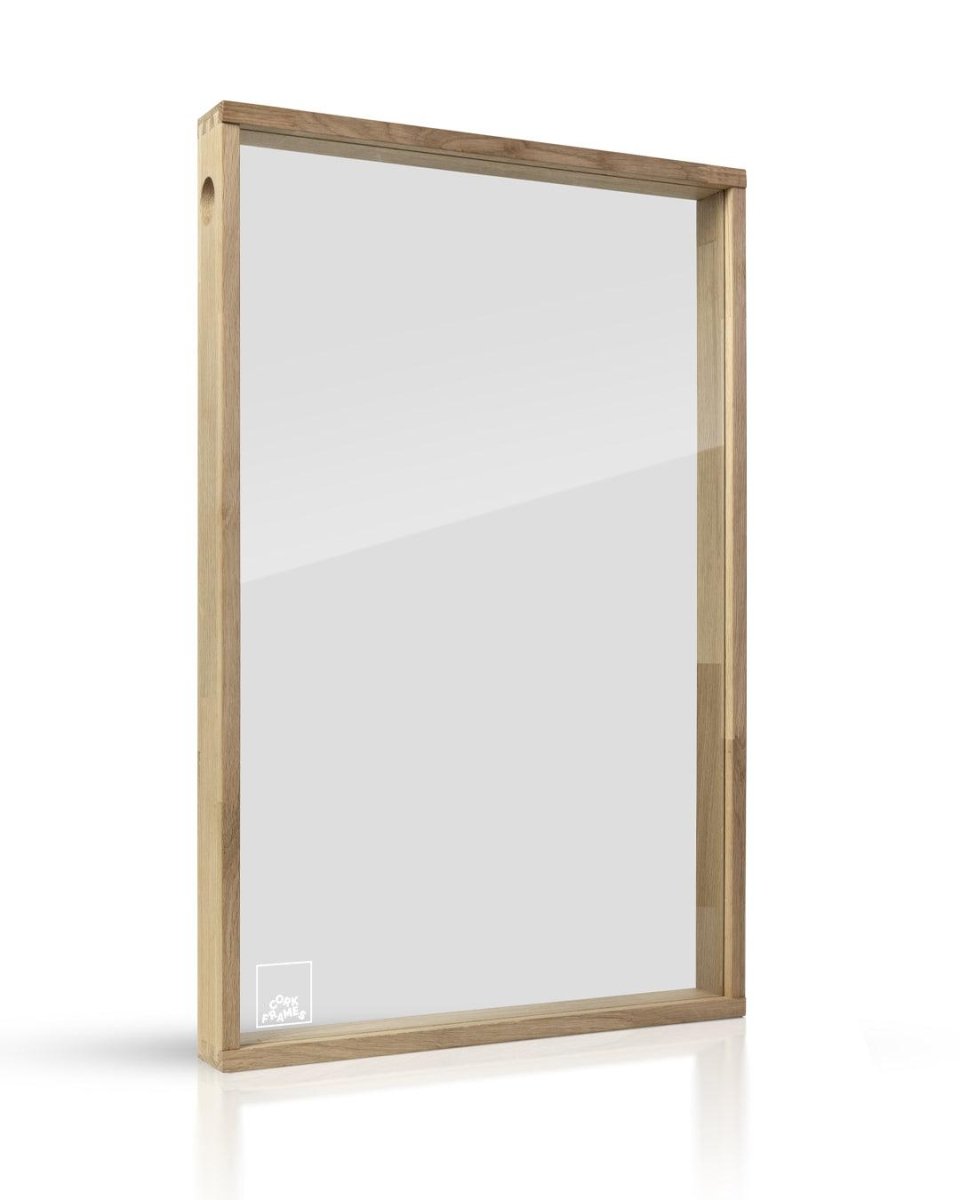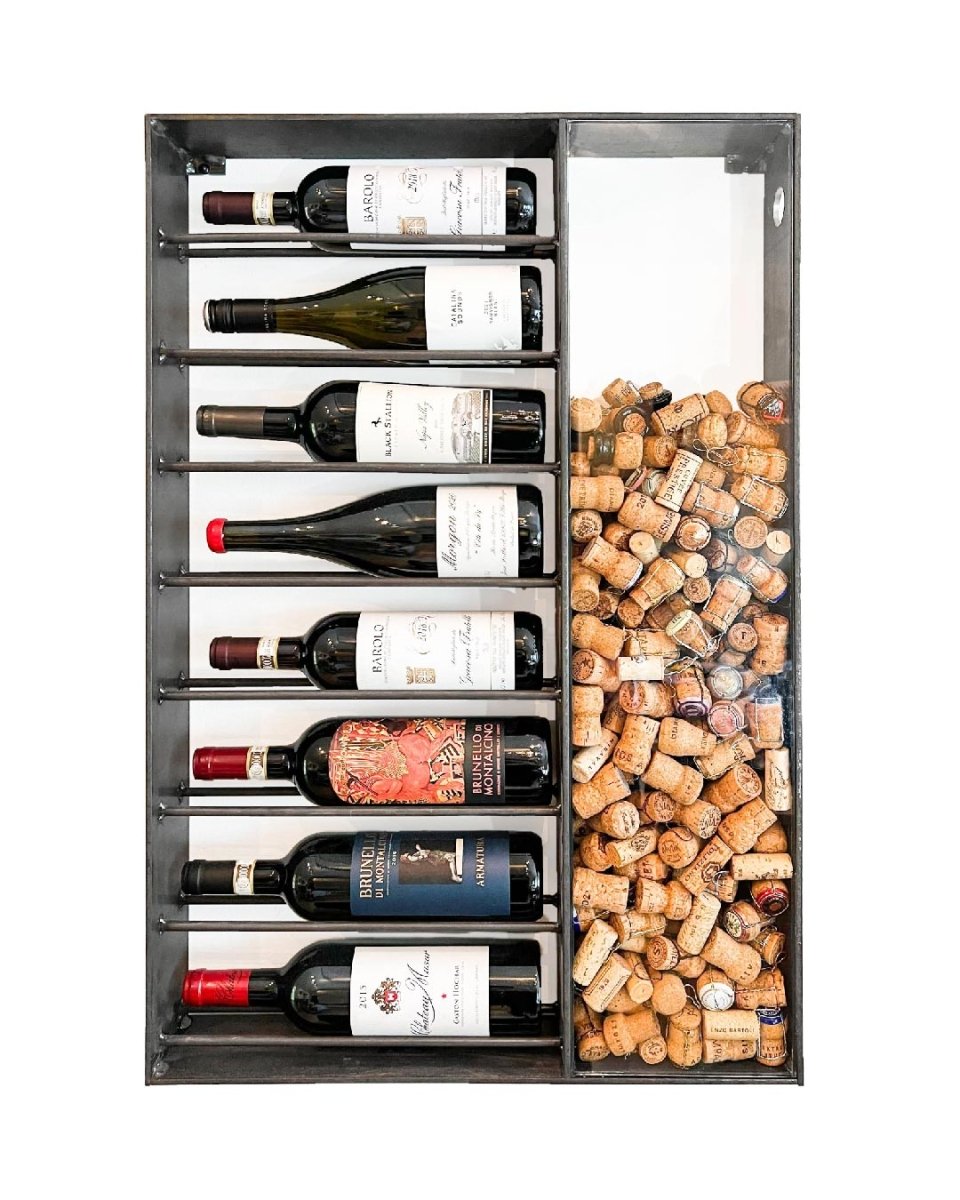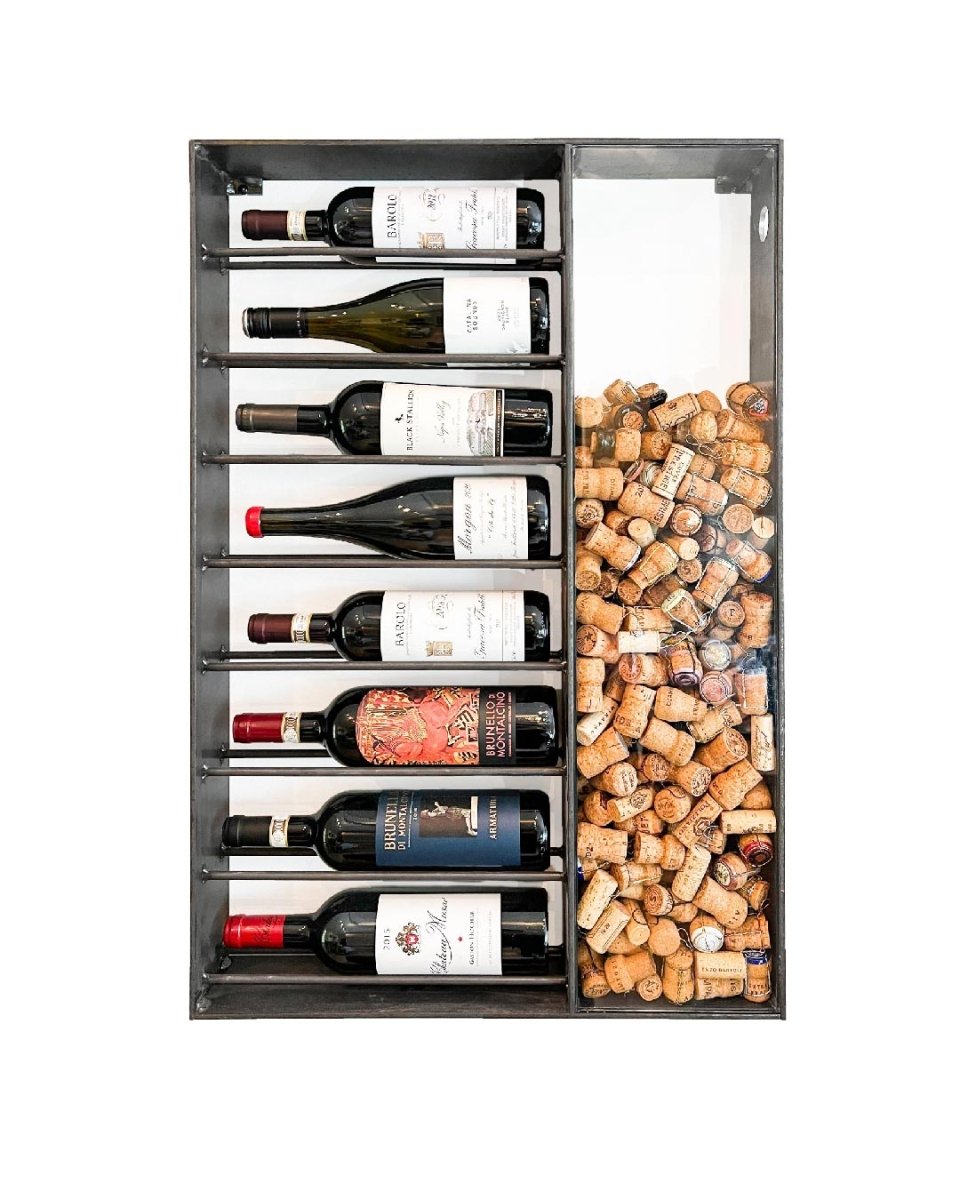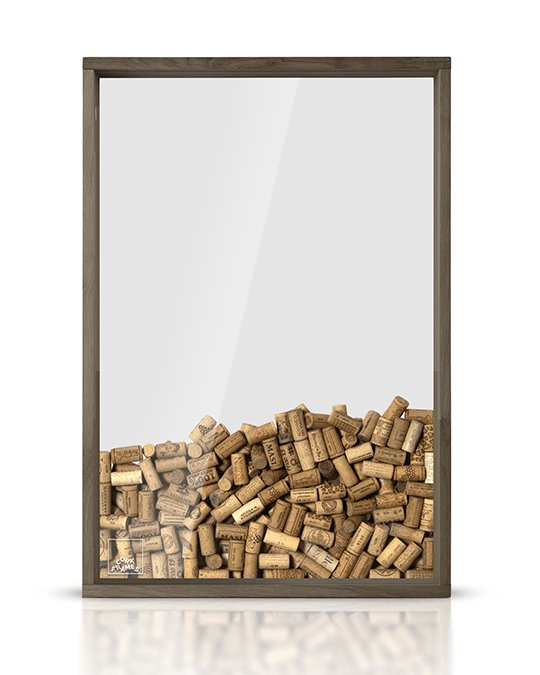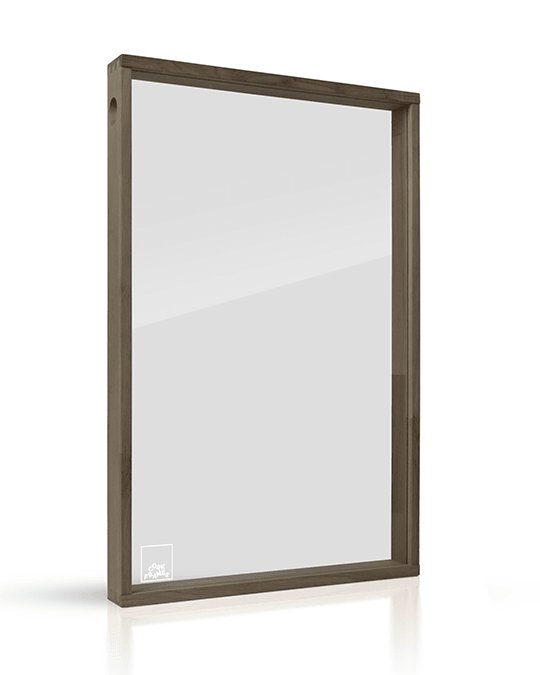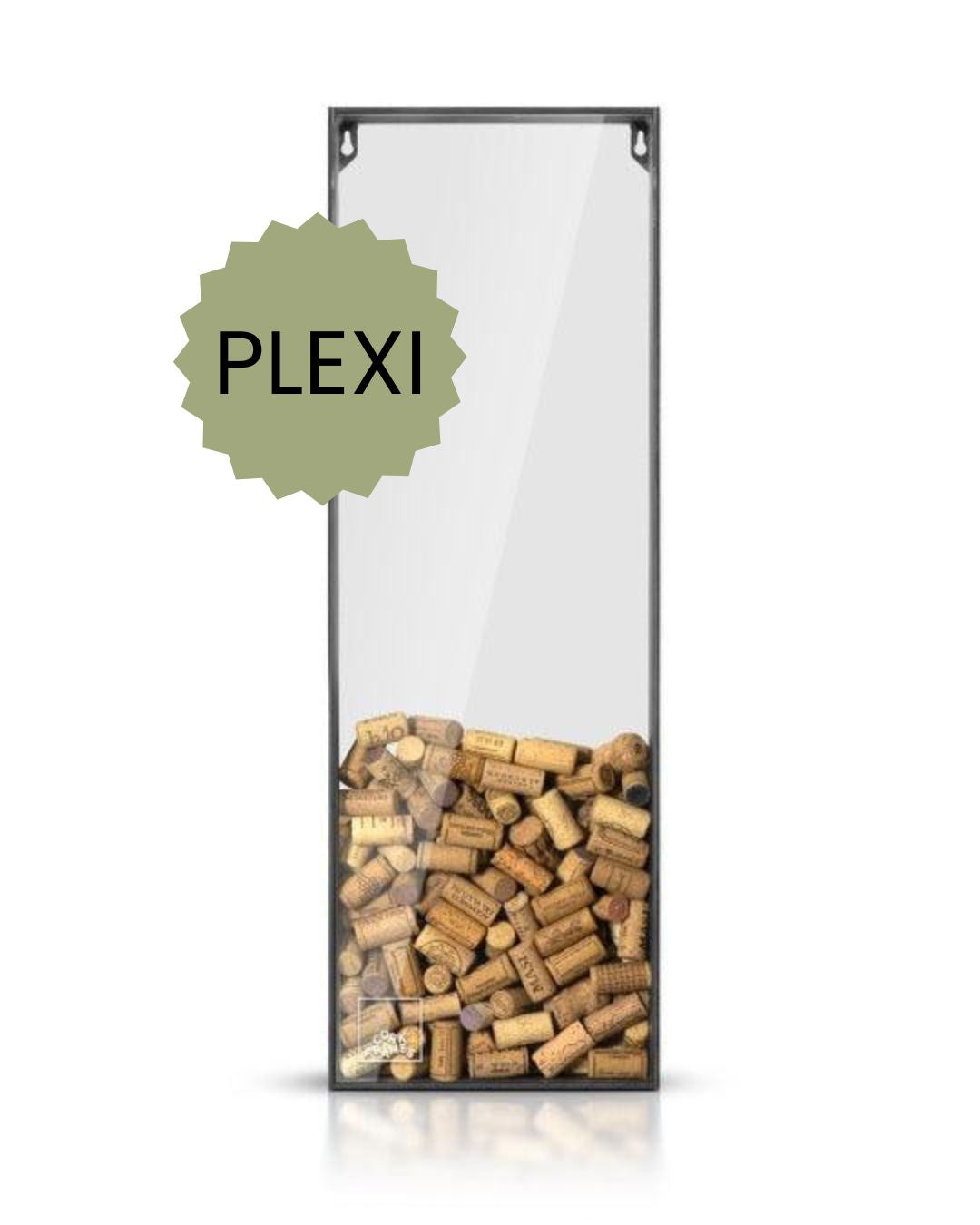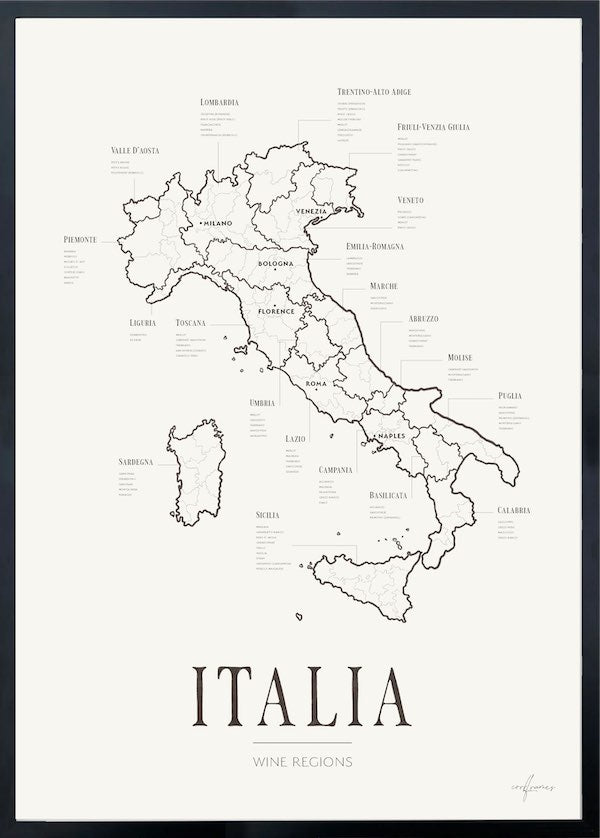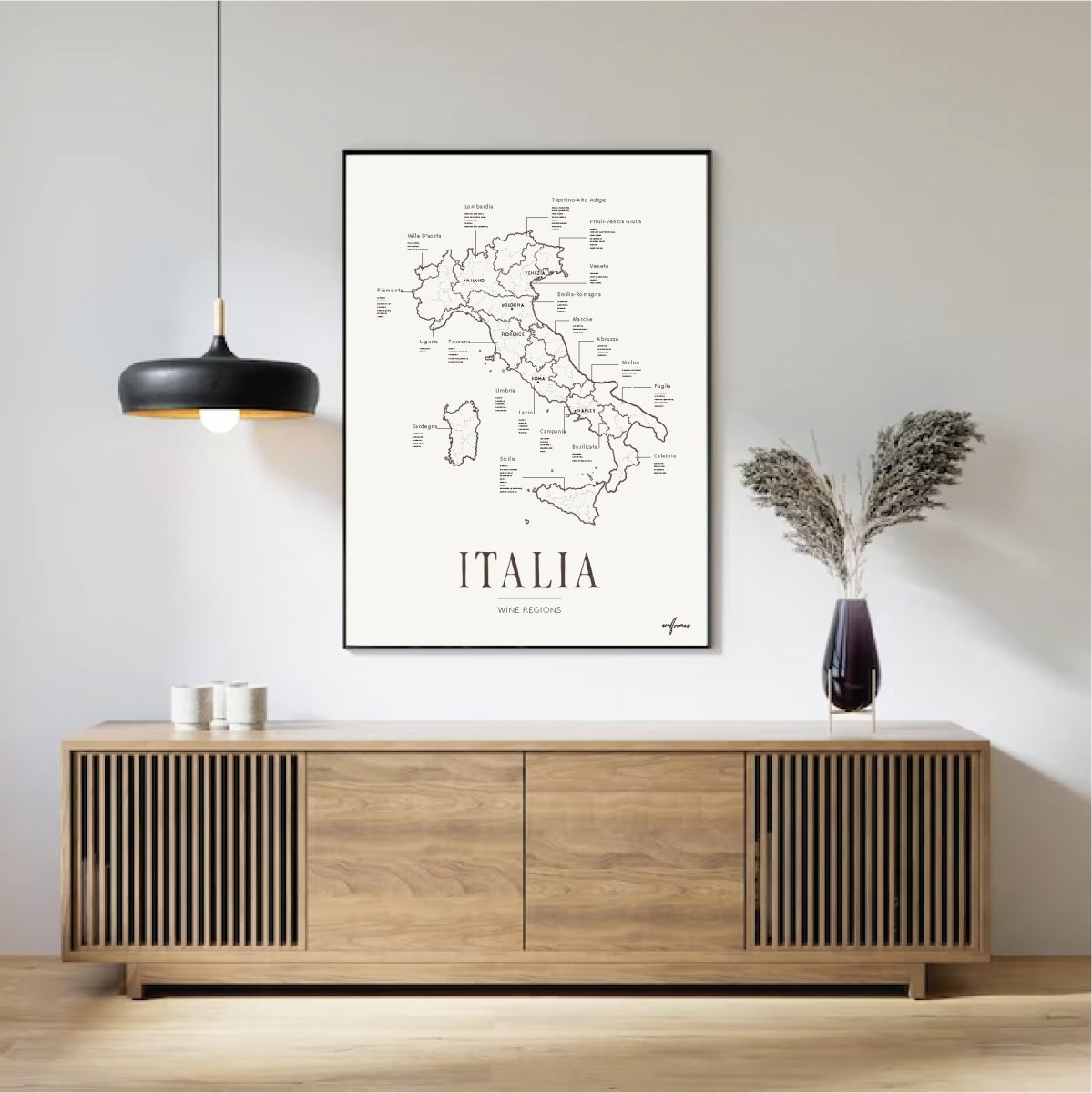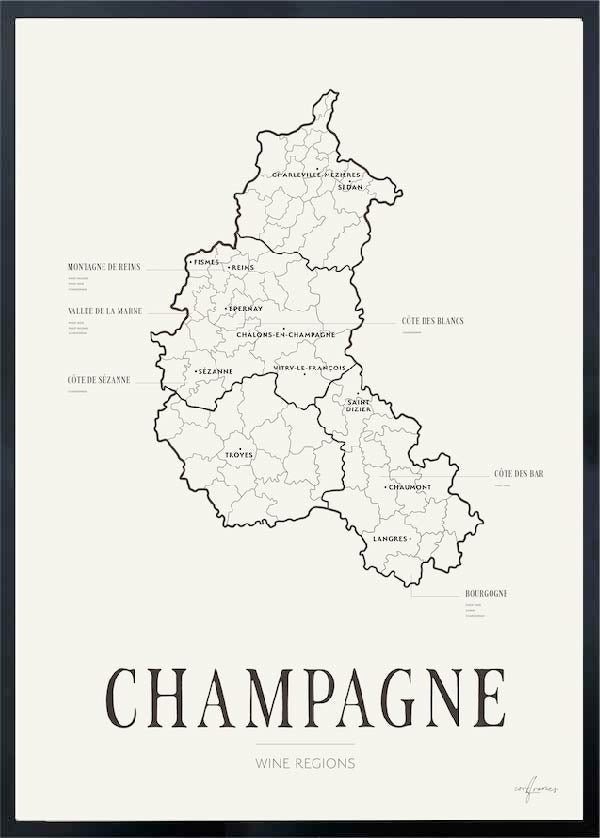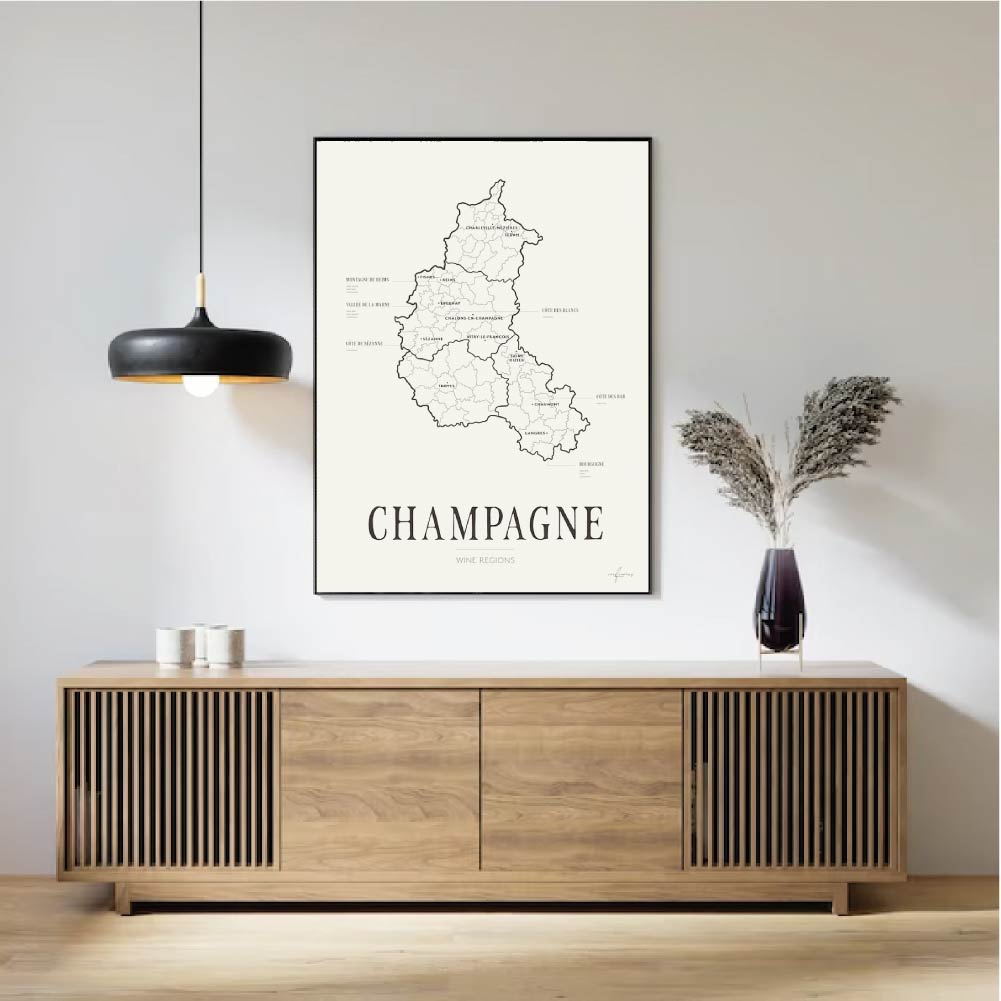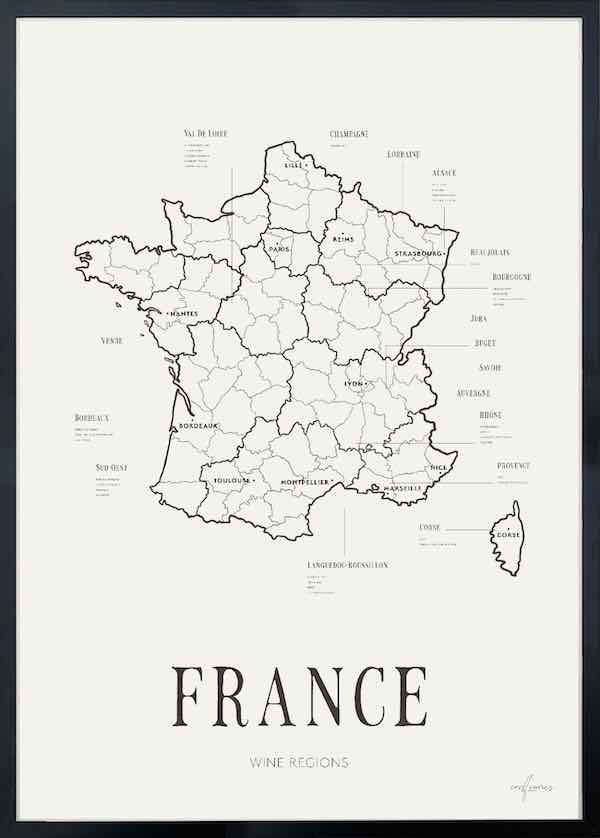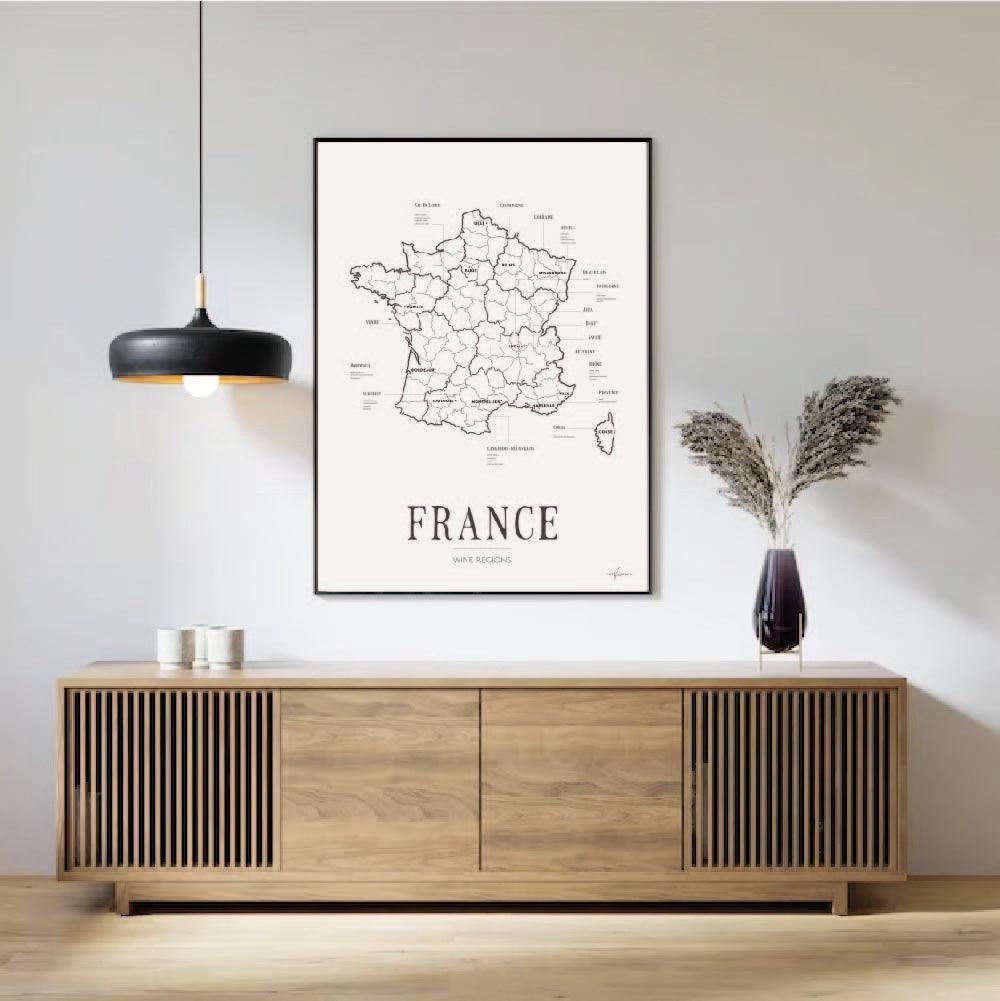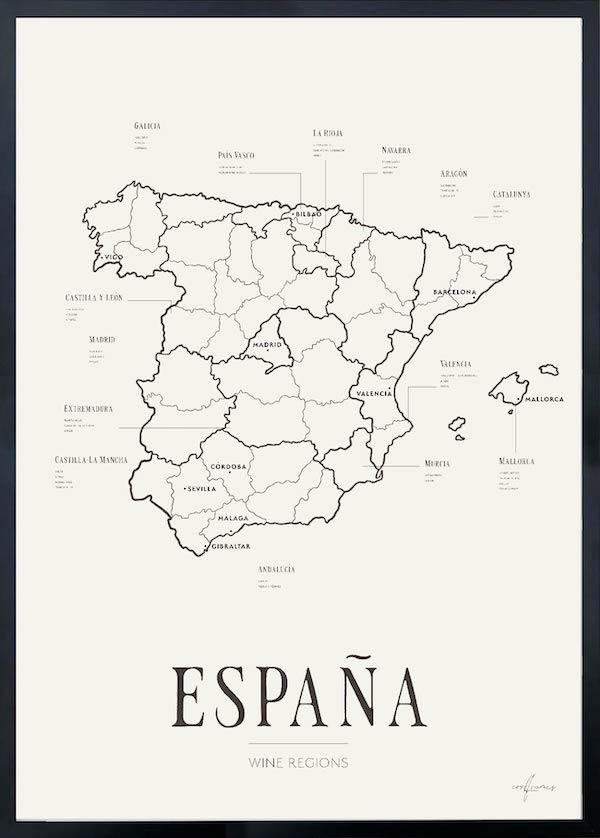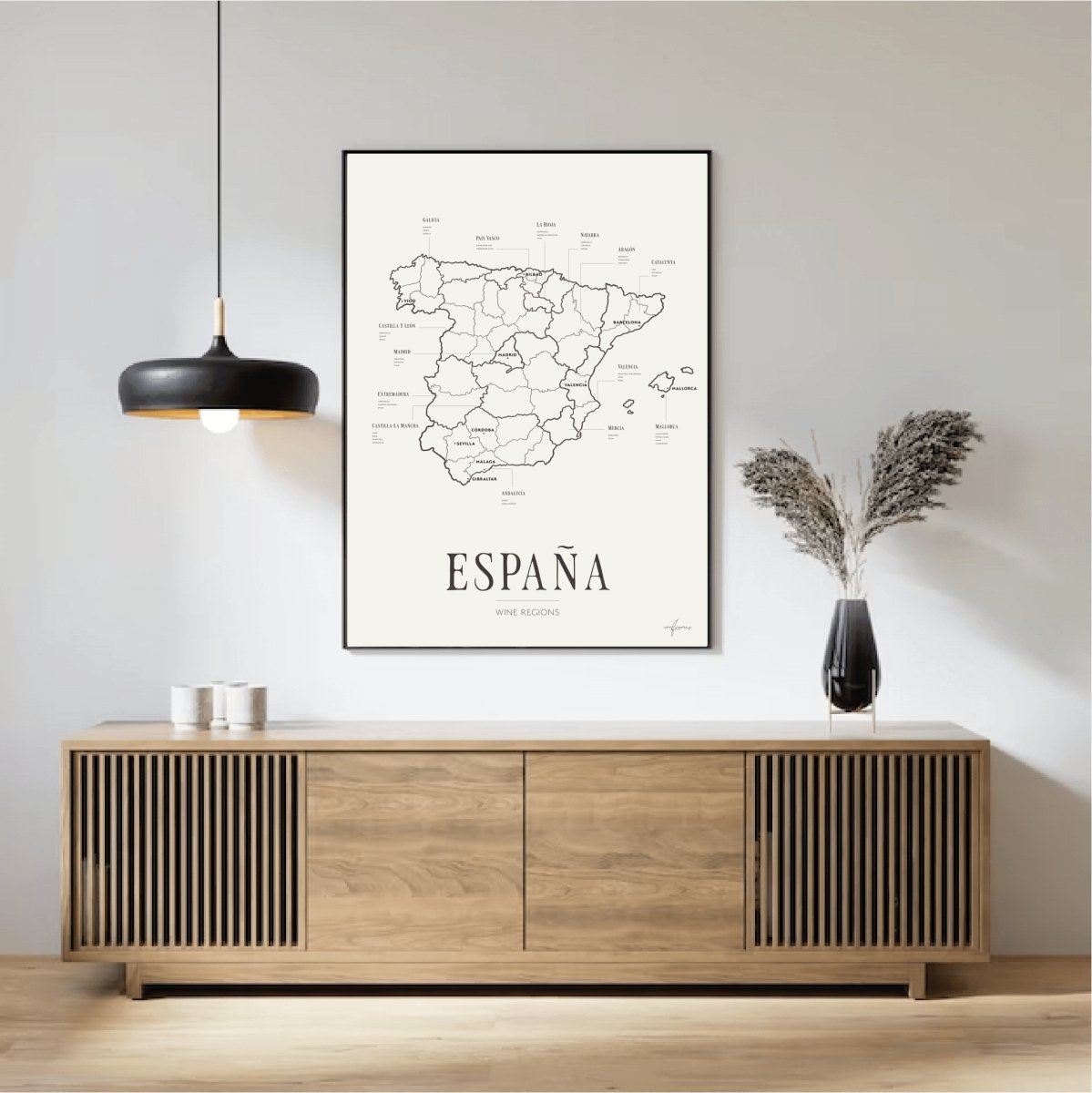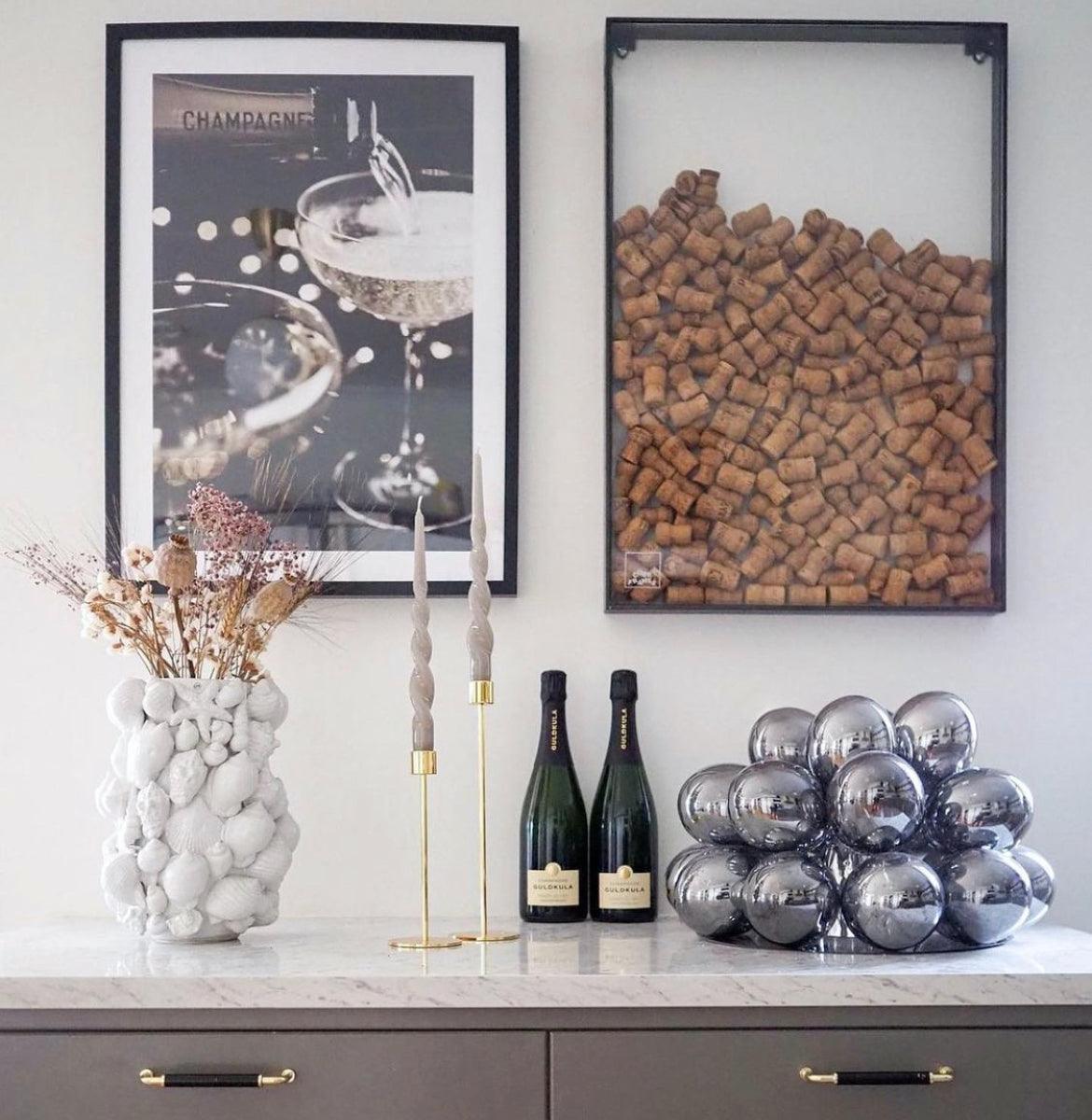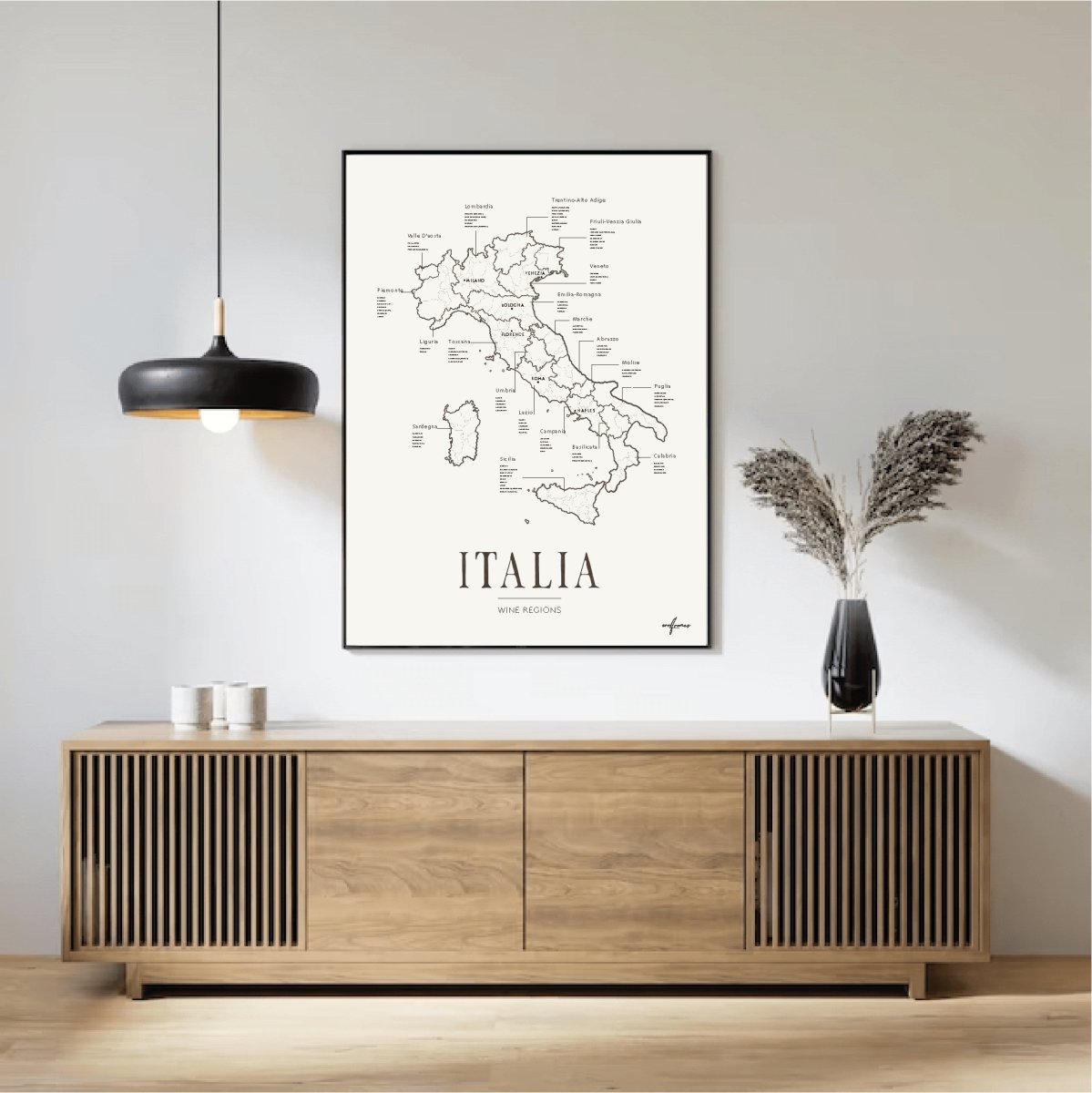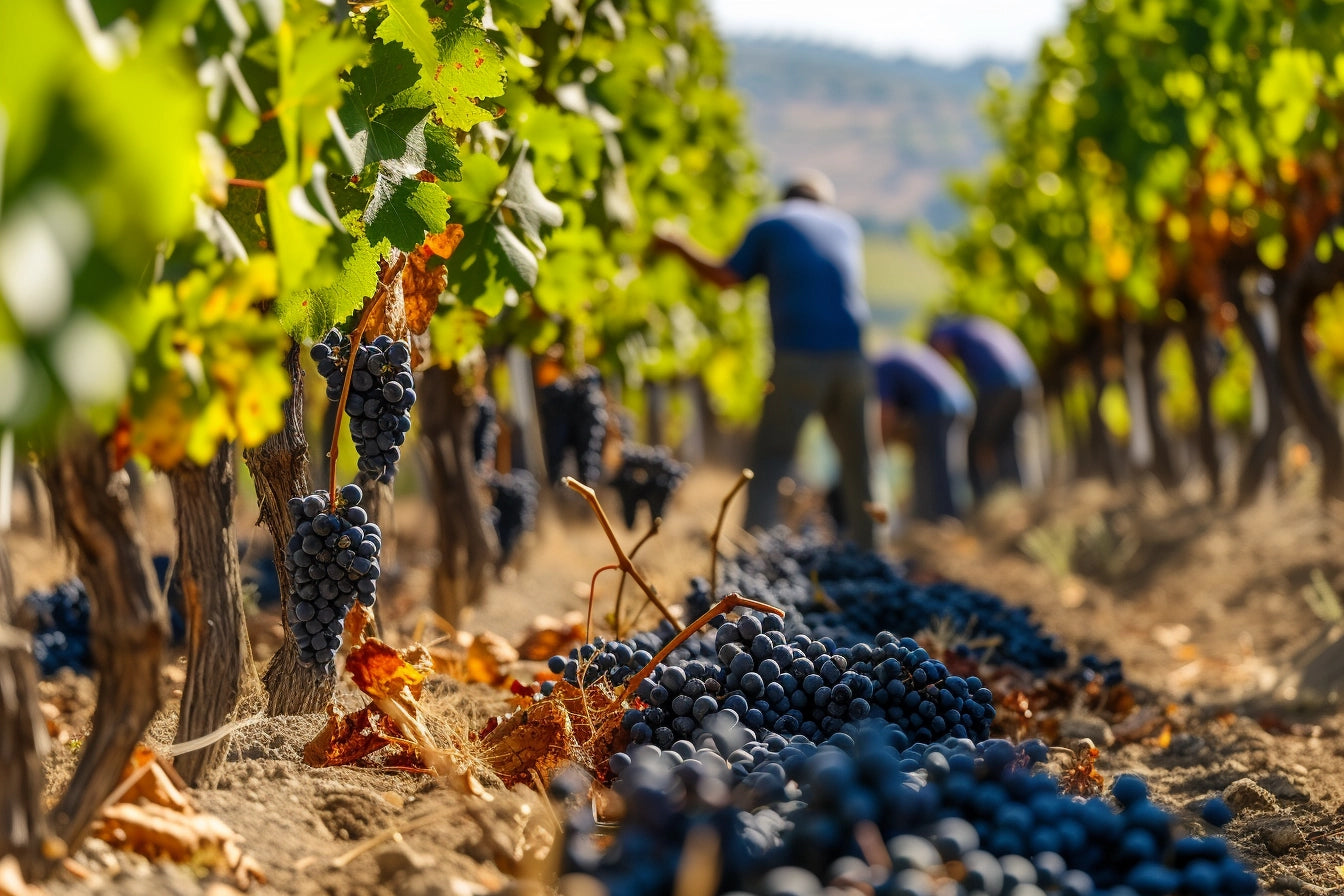Why Does the Color of Red Wine Vary?
Grape Variety Determines Intensity
Different grape varieties contain varying amounts of pigments, which influence the wine’s shade.
- Light red, almost transparent – Pinot Noir, Nebbiolo
- Medium red, ruby-hued – Sangiovese, Grenache, Merlot
- Dark red, almost inky – Syrah, Malbec, Cabernet Sauvignon
Wines to Try:
- Light Pinot Noir: A Burgundy Pinot Noir or an elegant Pinot Noir from Oregon.
- Medium Sangiovese: A Chianti Classico with vibrant acidity and cherry notes.
- Dark Cabernet Sauvignon: A bold Napa Valley Cabernet Sauvignon with deep blackcurrant flavors.
Wine Age Affects Color
As red wine ages, its color changes. A young wine typically has a bright, vibrant red hue, sometimes with bluish or purple tones. Over time, the pigments oxidize, shifting the color toward brick red and brownish shades.
How to Observe Color Changes:
- Buy a young Barolo (Nebbiolo) and age it for ten years. Compare the color over time – from red to brick.
- Pour a young and an aged wine side by side and hold them against a white background to see the difference.
How to Use Color to Choose the Right Wine
- Looking for a light, fresh red wine? Go for lighter wines like Pinot Noir or Gamay.
- Want a balanced, food-friendly wine? Sangiovese and Merlot offer a nice medium-red shade and pair well with many dishes.
- Love bold, full-bodied reds? Opt for dark wines like Syrah or Malbec.
Next time you pour a glass of red wine, take a closer look at its color. It can give you a clue about what to expect from the taste.

